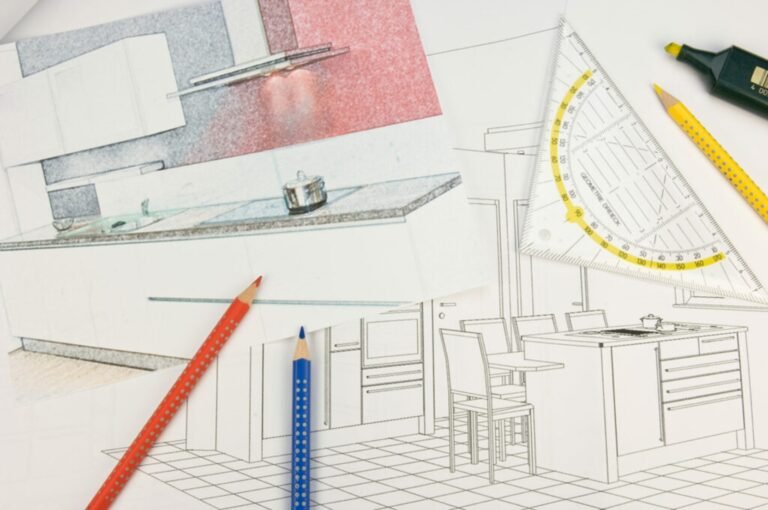
Small Space Design
In our modern urban environments, the design of small spaces has become an essential skill to create functional and aesthetic interiors. Whether you work in a compact apartment, a small studio, or a cozy corner, there are several key principles and strategies you should consider making the most of each square foot. Here’s a guide to the basics of designing small spaces and smart ways to exploit their potential.
Focus on functionality
- Multi-purpose furniture: Choose furniture that serves dual purposes, such as a sofa bed, storage ottoman, or a folding dining table. These elements achieve maximum space by providing multiple functions.
- Wall storage: Exploiting vertical space using wall shelves, cabinets, and hooks. This frees up land space and keeps clutter away.
- Flexible layout: Try different furniture arrangements to find the most efficient layout. Consider open shelves instead of bulky books and try movable partitions or curtains to mark areas without solid walls.
Create visual continuity
- The use of light colors: light shades on walls and furniture can visually expand the space. Choose white, soft colors, or light colors to create a feeling of freshness.
- Maximize the use of natural light: Keep window treatments to a minimum to allow maximum natural light inside the room. Use mirrors strategically to reflect light and create the illusion of depth.
- Consistent flooring: Use the same flooring material throughout the space to create visual continuity and make the area look larger.
Smart storage solutions
- Under-bed storage: Invest in bed frames or containers that provide storage down. This is ideal for storing seasonal items or bulky items.
- Built-in cabinets: Custom cabinets and cabinets can be designed to suit difficult places, increasing storage without compromising aesthetics.
- Use doors: Install hooks or shelves on the back of doors to hang items such as coats, bags, and towels.
Integrate smart design elements
- Folding and stackable items: Choose folding furniture and stackable chairs or chairs that can be easily stored when not in use.
- Fit sizes: Choose furniture and décor pieces that match the size of the space. Huge pieces may fill the small room.
- Flip up: Extend storage upwards with tall shelves or cabinets that draw the eye upwards, highlighting height rather than width.
Customization with style
- Graphic pieces: Present a character with one or two prominent pieces such as a bold carpet, a unique work of art, or a distinctive lamp.
- Green plants: Incorporate indoor plants to bring the space to life and add a touch of nature.
- Decoration limits: Avoid cluttering surfaces with many small decorations. Instead, choose a few pieces with careful selection that contribute to the overall beauty.
In conclusion, the design of small spaces requires creativity and strategic planning. By focusing on functionality, achieving visual continuity, implementing smart storage solutions, incorporating smart design elements, and customizing with style, you can transform even the smallest spaces into a comfortable and inviting environment. Challenge the design of small spaces and enjoy the process of creating a space that really works for you.


